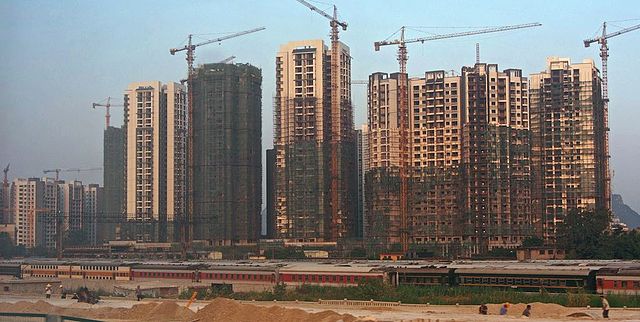The one-child policy was a population planning initiative in China implemented between 1979 and 2015 to curb the country's population growth by restricting many families to a single child. The program had wide-ranging social, cultural, economic, and demographic effects, although the contribution of one-child restrictions to the broader program has been the subject of controversy. Its efficacy in reducing birth rates and defensibility from a human rights perspective have been subjects of controversy.
A propaganda painting in Guangdong Province promotes the idea of a nuclear family with a single child. The text reads "Planned child birth is everyone's responsibility."
The Danshan, Sichuan Province Nongchang Village people Public Affairs Bulletin Board in September 2005 noted that RMB 25,000 in social compensation fees were owed in 2005. Thus far 11,500 RMB had been collected, so another 13,500 RMB had to be collected.
Propaganda slogan on a building at Yangxin County, Hubei, China, reading "an IUD after the first child, tubal ligation after the second"
A roadside sign in rural Sichuan: "It is forbidden to discriminate against, abuse or abandon baby girls."
China is the second most populous country in Asia as well as the second most populous country in the world, with a population of approximately 1.4 billion.
Population density in the year 2000
Traffic in Beijing
Urban construction work in Guangshui, 2013







